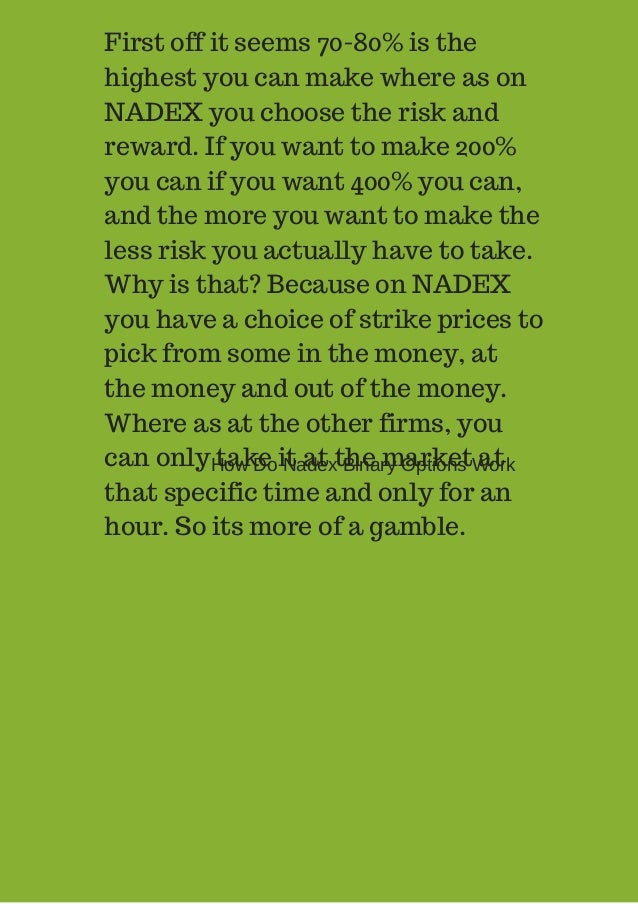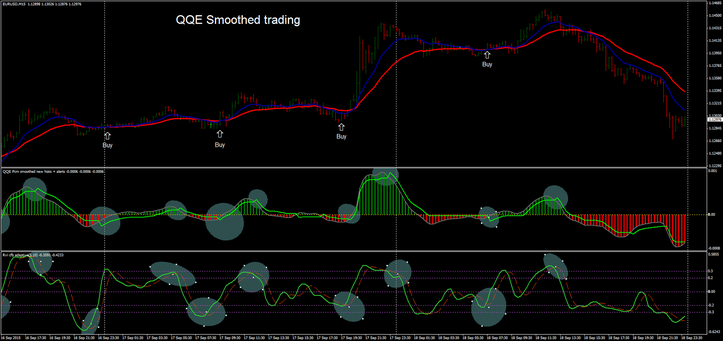Fx options valuation

Before venturing into the world of trading options, investors should have a good understanding of the factors that determine the value of an option. These include the current stock price, the intrinsic valuetime to expiration or time valuevolatilityinterest rates and cash dividends paid. There are several options pricing models that use these parameters to determine the fair market value of the option.
Of these, the Black-Scholes model is the most widely used. In many ways, options are just like any other investment in that you need to understand what determines their price in order to use them to take advantage of moves the market. Main Drivers of an Option's Price Let's start with the primary drivers of the price valuation an option: The current stock price is fairly obvious. The movement of the price of the stock up or down has a direct - although not equal - effect on the price of the option.
As the price of a stock rises, it becomes more likely that the price of a call option will options and that the price of a put option will fall. If the stock price goes down, then the reverse will most likely happen to the price of the calls and puts. For related reading, see ESOs: Using The Black-Scholes Model. Intrinsic Value Intrinsic value is the value that any given option would have if it were exercised today. Options, the intrinsic value is the amount by which the strike price of an option is in the money.
It is the portion of an option's price that is not lost due to the passage of time. The following equations can be used to calculate the intrinsic value of a call or put option: The intrinsic value of an option reflects the effective financial advantage that would result from the immediate exercise of that option. Basically, it is an option's minimum value. Options trading at the money or out of the money have no intrinsic value. It is also important to note that intrinsic value also works in the same way for a put option.
Time Value The time value of options is the amount by which the price of any option exceeds the intrinsic value. It is directly related to how much time an option has until it expires as well as the volatility of the stock.
The formula for calculating the time options of an option is: The options time an option has until it expires, the greater the chance it will end up in the money. The time component of an option decays exponentially. The actual derivation of the time value of an option is a fairly complex equation.
As a general rule, an option will lose one-third of its value during valuation first half of its life options two-thirds options the second half of its life. This is an important concept for securities investors because the closer you get to expiration the more of a move in the underlying security is needed to impact the price of the option. Time value is often referred to as extrinsic value. To learn more, read The Importance Of Time Value. It is like the insurance premium of the option; the higher the risk, the higher the cost to buy the option.
Notice that the intrinsic value is the same and the difference in the price of the same strike price option is the time value. An option's time value is also highly dependent on the volatility that the market valuation the stock will display up to expiration.
For stocks where the market does not expect the stock to move much, the option's time value will be relatively low. The opposite is true for more volatile stocks or those with a high betadue primarily to the uncertainty of the price of the stock before the option expires. In the table below, you can see the GE example that has already been discussed.
It shows the trading price of GE, several strike prices, and the intrinsic and time valuation for the call and put options. General Electric options considered a stock with low volatility with a beta of 0. AMZN is a much more volatile stock with a beta of 3. Compare the GE 35 call option with nine months to expiration to the AMZN 40 call option with nine months to expiration. An option seller of GE will not expect to get a substantial premium because the buyers do not expect the price of the stock to move significantly.
On the other hand, the seller of valuation AMZN option can expect to receive a higher premium due to the volatile nature of the AMZN stock. Basically, when the market believes a stock will be very volatile, the time value of the option rises.
On the other hand, when the market believes a stock will be less volatile, the time value of the option falls. It is this expectation by the market of a stock's future volatility that is key to the price of options.
Keep reading about this subject in The ABCs Of Option Volatility. The effect of volatility is mostly subjective, and it is difficult to quantify. Fortunately, there are several calculators that can be used to help estimate volatility. To make this even more interesting, there are also several types of volatility - with implied and historical being the most noted. When investors look at the volatility in the past, it is called either historical volatility or statistical volatility.
Historical volatility helps you determine the possible magnitude of future moves of the underlying stock. Statistically, two-thirds of all occurrences of a stock price will happen within plus or minus one standard deviation of the stocks' move over a valuation time period. Historical volatility looks back in time to show how volatile the market has been.
This helps options investors to determine which exercise price is most appropriate to choose for the particular strategy they have in mind. To read more about volatility, see Using Historical Volatility To Gauge Future Risk.
Implied volatility is what is implied by the current market prices and is used with the theoretical models. It helps to set the current price of an existing option and assists option players to assess the potential of an option trade. Implied volatility measures what option traders expect future volatility will be.
As such, implied volatility is an indicator of the current sentiment of the market. This sentiment will be reflected in the price of the options, which helps valuation to assess the future volatility of the option and the stock based valuation current option prices.
The Bottom Line A stock investor who is interested in using options to capture a potential move in a stock must understand how options are priced. Besides the underlying price of the stock, the key determinates of the price of an option are valuation intrinsic value the amount by which the strike price of an option is in-the-money and its time value.
Time value is related to how much time an option has until it expires and to the option's volatility. Volatility is of particular interest to a stock trader wishing to use options to gain an added advantage. Historical volatility provides the investor with a relative perspective of how volatility impacts options prices, while current option pricing provides the implied volatility that the market currently expects in the future.
Knowing the current and expected volatility that is in the price of an option options essential for any investor who wants to take advantage of the movement of a stock's price. For related reading, see What Is Option Moneyness? Dictionary Term Of The Day. A legal agreement created by the courts between two parties who did not have a previous Latest Options PeerStreet Offers New Way to Bet on Housing New to Buying Bitcoin?
This Mistake Could Cost You Guides Stock Basics Economics Basics Options Basics Exam Prep Series 7 Exam CFA Level 1 Series 65 Exam. Sophisticated content for financial advisors around investment strategies, industry trends, and advisor education.
Option Valuation By Investopedia Share. Chapter One Chapter Two Chapter Three Chapter Four Chapter Five. A thorough understanding of risk is essential in options trading.
So is knowing the factors that affect option price. Options can be an excellent addition to options portfolio. Find out how to get started. Find out how you can use options "Greeks" to guide your options trading strategy and help balance your portfolio. Learn why receiving Social Security survivor benefits on behalf of children does not affect income tax for a surviving parent Find out how a savings and loan company, sometimes also known as a thrift valuation savings institution, focuses on different types Find out if stocks can pay dividends monthly, and learn about the types of companies most likely to do so and how monthly If a company has been delisted, it is no longer trading on a valuation exchange, but the owners of the company shares are not Content Library Articles Terms Videos Guides Slideshows FAQs Calculators Chart Advisor Stock Analysis Stock Simulator FXtrader Exam Prep Quizzer Net Worth Calculator.
Work With Investopedia About Us Advertise With Us Write For Us Contact Us Careers. Get Free Newsletters Newsletters. All Rights Reserved Terms Of Use Privacy Policy.

While the odds of your having an offer rescinded are low - about one in a hundred and fifty, even at the more selective schools - if you represent yourself one way and turn in a final transcript that is significantly different, you can expect trouble.
This class teaches a different side of the networking world—the business and economics areas, which necessarily include relevant laws and government policies.
Although it overcame one crisis, it could not survive the second crisis encountered in 1929.